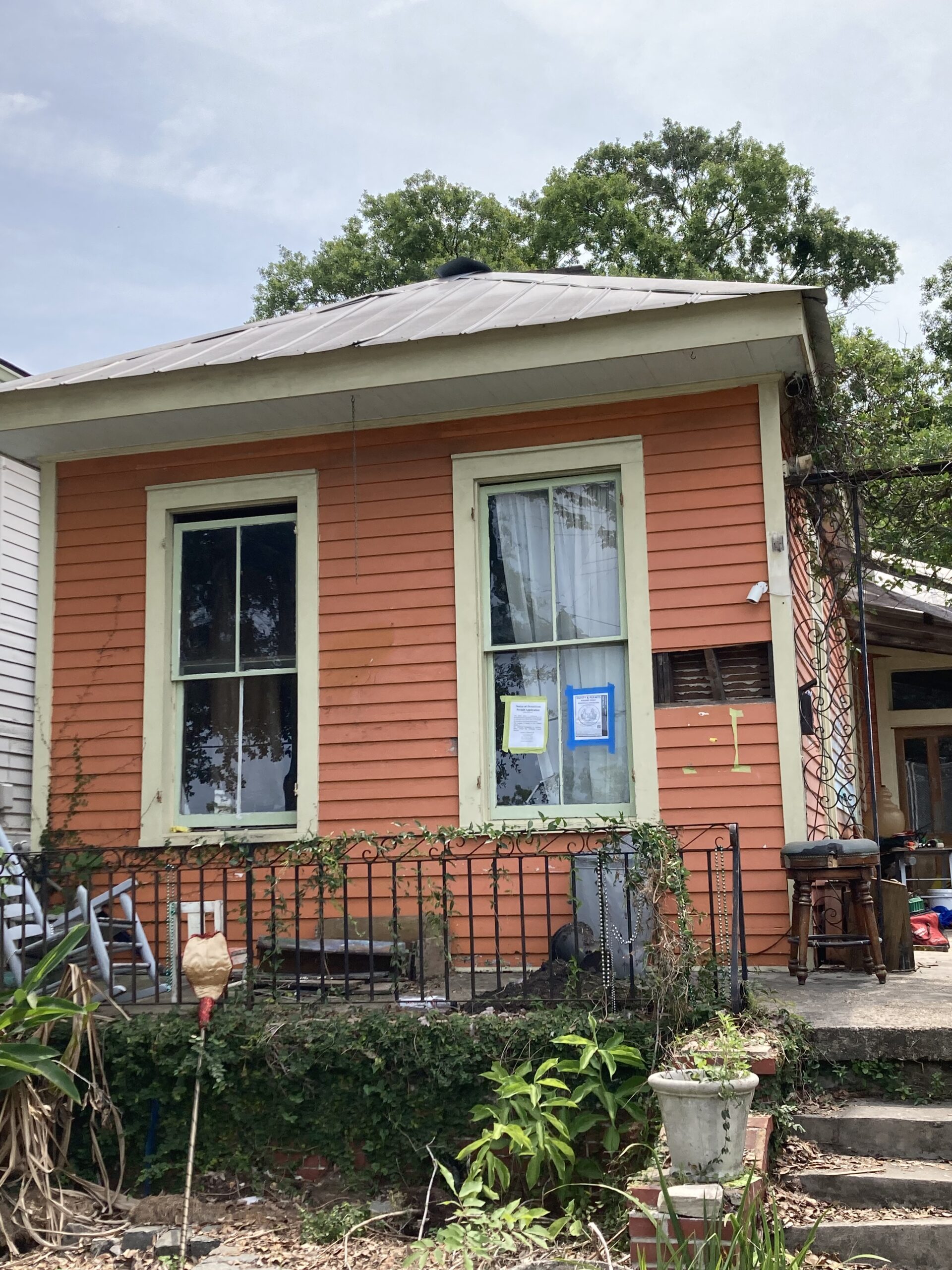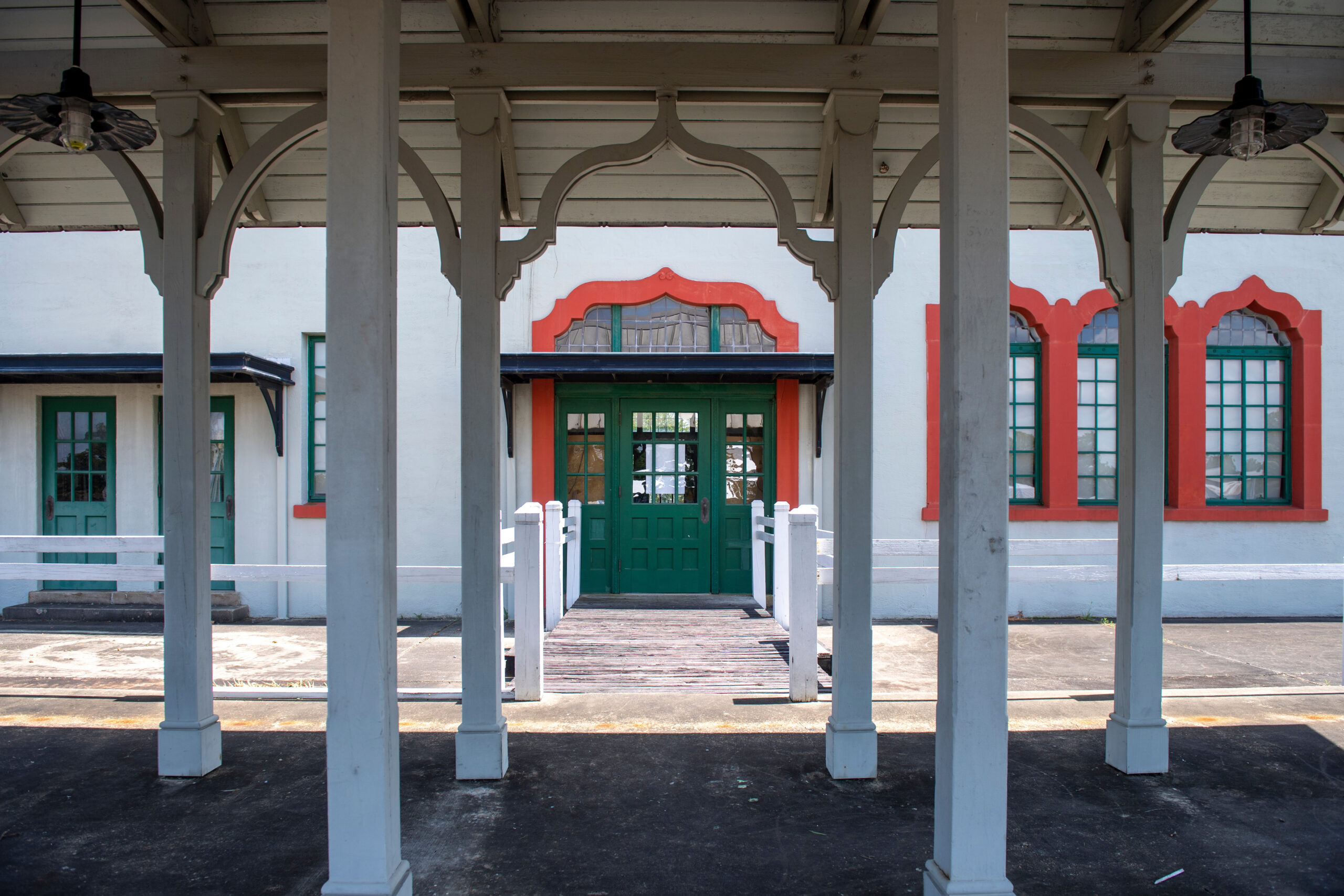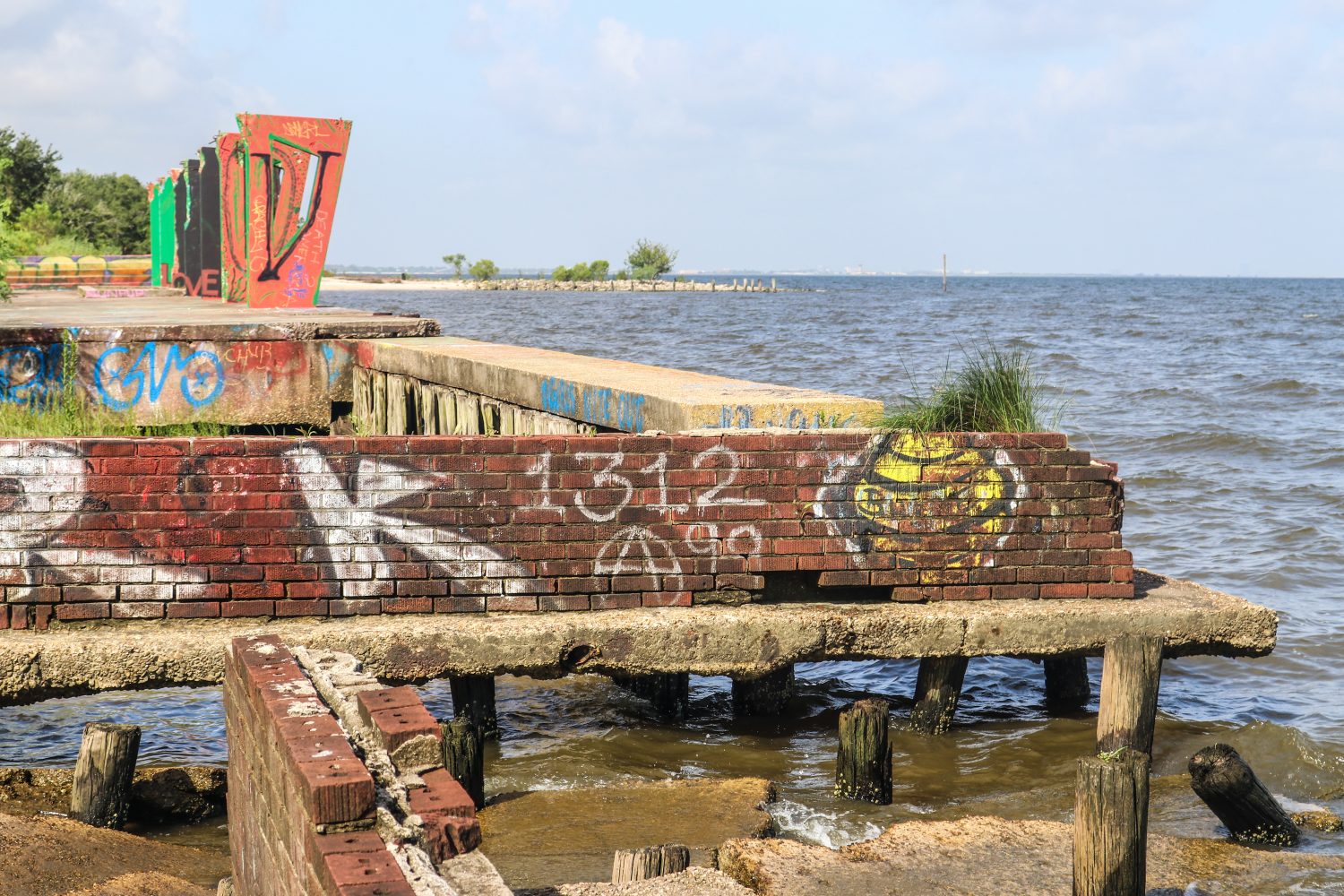Within these Walls
Biographical portraits of New Orleans residents and their homes
This story appeared in the August/September issue of PRC’s Preservation in Print magazine. Interested in getting more preservation stories like this delivered to your door? Become a member of the PRC for a subscription!
The home at 1800 Moss St., condemned for multiple code enforcement violations, sold for half a million dollars in May. Later that month, I walked across its solid wood floors, still in remarkably good condition, and noted that the roof was intact.
Though spared of water damage, the place was a wreck inside, filled with trash and the belongings of former tenants. But the structure stood stalwart. The beautiful trademarks of quality construction — transoms, millwork, cypress built-ins, iron fireplace grates — remained. I had been in far worse. This place could easily have been saved. It was, in fact, a model property for historic preservation, but it was not located within a local historic district nor was it a local landmark so approval for demolition from the Historic District Landmarks Commission was not required. Had the house been located a few blocks away in the Esplanade Ridge National Register Historic District, City Council approval would have been necessary; however, age alone does not trigger that requirement. Preservationists were thus left with no opportunity to delay or halt its demolition.
Earlier that day, a cry had been sounded across social media: the house was slated for demolition. People flocked to the property to salvage the architectural elements before it all wound up in a dumpster. At first, I harbored the hope that I could rally enough support to stop demolition, but as I watched people tear apart the house until it was only a shell, I soon realized the intrinsic character that made the property appealing was now gone. Some of the items would be used to restore other old homes; others would be sold, becoming money in the pockets of the crowbar-wielding people sweating around me.
This home stood on the banks of Bayou St. John for almost 147 years, perhaps part of it even longer. The bousillage in the walls and other indicators suggested that an older structure had been incorporated into the house. Saddened by the dismantling of it, I became determined to discover who had called this place home.
On Feb. 19, 1874, brothers William and Edmond Hincks purchased land on what was then known as Shell Road and were likely responsible for building the house. In their early 20s and just starting out, the Hinckses would later become well-known doctors. William married Louise Riebel at St. Louis Cathedral in 1870. He brought her to live on the banks of the bayou among the fishermen and ship builders. In 1898, William was grandmaster in Union Lodge No. 172 of the Free and Accepted Masons. It is a seemingly modest story of the occupants of a modest house.
Yet there was far more to the Hincks family. William and his siblings, Edmond and Eugenie, were born to Catherine Celine Gery and raised in the home of their widowed grandmother, a French immigrant and washerwoman. Their father, John Hincks, never married Gery, who was far beneath him socially. He instead resided in the French Quarter with his children from his deceased wife.
John Hincks, born into a wealthy and influential family, was employed as the deputy collector of customs and later secretary of the New Orleans Insurance Company. His obituary lauded him as “an old and honored citizen of New Orleans.” He had come to New Orleans with his mother Eliza Olivier, who was married three times, first to Hincks’ father, then to Nicholas Guy Noel Destrehan, and finally to Paul Mathias Anatole Peychaud, cousin of the inventor of the bitters that are the key ingredient in the Sazerac, the official cocktail of New Orleans.
John Hincks attended school with historian and author Charles Gayarré, and he and his extended family owned property throughout the French Quarter. His son Joseph Henry Anatole Hincks — William’s half brother — fought in the Civil War in a Confederate unit and married Louise Armantine Fortier, whose father was the first cousin of Alcée Fortier’s grandfather.
Though they did not live with their father, William, Edmond and Eugenie “Jenny” Hincks did not go unacknowledged. The elder Hincks provided for them and assisted their mother financially. When he became elderly, Jenny lived with her father and cared for him until his death. John Hincks made provisions to ensure that all of his children inherited his sizable fortune, including William and his siblings.
In 1916, Dr. William Hincks faced a federal grand jury, indicted for 16 counts of narcotics violations. He was accused of prescribing drug addicts large doses of morphine. Ultimately, he was exonerated of all charges. He died four months later at the age of 67, leaving a wife and young daughter.
Hincks sold the Moss Street home in 1890. It passed through the hands of many owners, often used as a rental, until 1928, when it was purchased by Oscar Tybussek, a watchmaker. Tybussek’s descendants were in possession of the property until its sale in May 2023.
1800 Moss St. was razed on the first week of June. The same owners who purchased 1800 Moss acquired the lot next door, where a bungalow once stood. Both historic homes were razed to make way for new construction. A new house will go up in place of the bungalow, and a swimming pool will be installed on the spot where the 147-year-old Hincks home once stood. We will continue to lose historic homes like 1800 Moss unless the New Orleans City Council expands the criteria for demolition review or Historic District Landmarks Commission jurisdiction.






